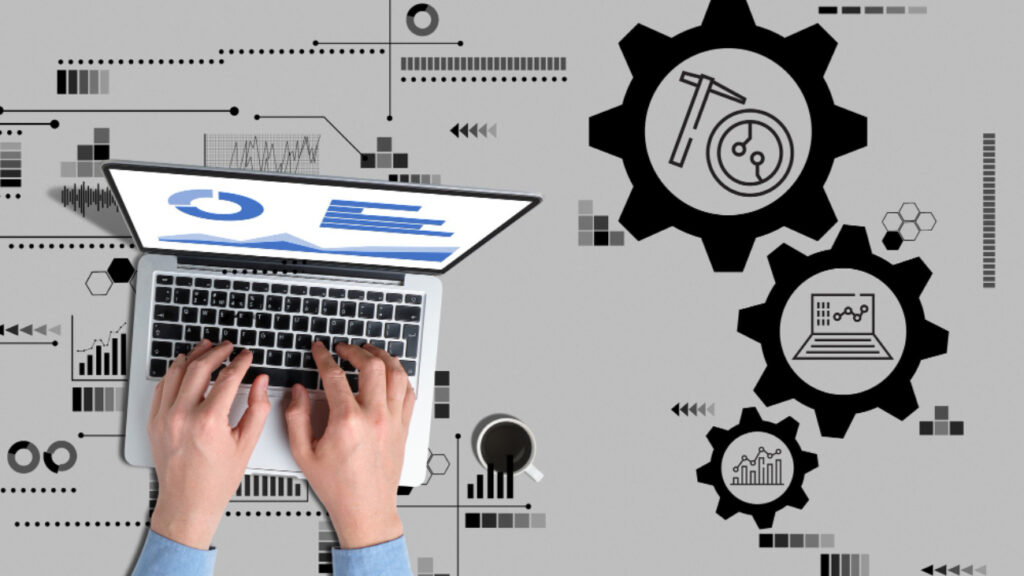When Robotic Process Automation (RPA) was first implemented, customers did not buy into it stated Bahaa Al Zubaidi. Inherent in its name, the “robotic” aspect of the technology felt like it: impersonal and emotionless. Customer service thrives on understanding and trust, which are hard to achieve if one party doesn’t sound like they truly care.
The advent of AI has resulted in the transformation of RPA into a powerful tool. Earlier, RPA’s biggest sell was automating repetitive tasks in customer service. Human agents could then focus on more complex and strategic work. Now, there has been a growing movement to personalize RPA in customer service.
This means not only does RPA automate tasks, it does so in a way that takes into account the individual customer and their situation. Personalized RPA can be the answer to improved customer satisfaction.
The benefits of personalized RPA
While automation benefits the agents by reducing their workload, personalized RPA has a lot more to offer:
- Improved customer satisfaction: Creating more positive and engaging customer interactions that result in higher customer satisfaction.
- Increased customer loyalty: Helping to build deeper relationships with customers that lead to stronger customer loyalty.
- Reduced customer churn: Allowing the resolution of customer issues more quickly and efficiently which reduces customer churn.
- Increased agent productivity: Freeing up human agents to concentrate on work that requires ideation and strategic planning.
How to personalize RPA
Personalization of RPA requires tools and resources. Here are some of the most common techniques used:
- Customer data: Through RPA customer data can be accessed and analyzed. Information such as purchase history, support tickets and social media interactions offer valuable information that will help to personalize the customer experience.
- Natural language processing (NLP): NLP as a tool allows businesses to gauge the customer’s intent and sentiment. Then the gathered information enables the RPA to respond accurately to the specific customer.
- Machine learning (ML): ML is a breakthrough technology which identifies complex patterns. When tasked to analyze consumer data, ML can predict customer behavior and personalize the RPA response.
Conclusion
Personalized RPA is the future of customer service. By taking the individual customer into account this technology can automate tasks, enabling businesses to create more positive and engaging customer interactions.
As RPA technology continues to evolve, we can expect to see even more innovative ways to personalize RPA in customer service. In this era of AI and ML, Bots are no longer some mindless software apps. They have the ability to interact intelligently with customers. The blog was written by Bahaa Al Zubaidi and has been published by the editorial board of Tech Domain News. For more information, please visit www.techdomainnews.com






